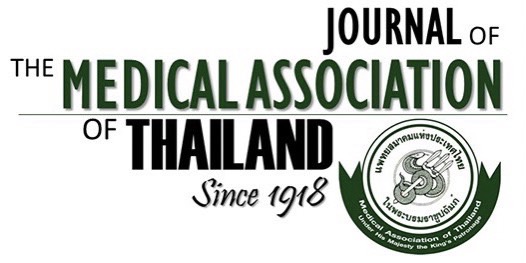Robotic Assisted Laparoscopic Donor Nephrectomy: Early Experience in Ramathibodi Hospital
Supanut Lumbiganon MD*,**, Premsant Sangkum MD*, Suthep Patcharatrakul MD*, Sophon Jirasiritham MD***, Wisoot Khongcharoensombat MD*
Affiliation : * Division of Urology, Department of Surgery, Faculty of Medicine Ramathibodi Hospital, Mahidol University, Bangkok, Thailand ** Department of Surgery, Faculty of Medicine, Khon Kaen University, Khon Kaen, Thailand *** Division of vascular and transplantation, Department of Surgery, Faculty of Medicine Ramathibodi Hospital, Mahidol University, Bangkok, Thailand
Background : Kidney transplantation is a standard treatment for end-stage renal disease. Living-donor kidney transplantation
has gained popularity in the last few decades because of the lack of cadaveric donors available. Laparoscopic donor
nephrectomy has become a standard method of kidney procurement in our institute, but there are some limitations on this
approach, including its impracticality with right-sided kidneys and kidneys with multiple or complex vascular anatomies.
Objective : To report our experiences of robotic-assisted laparoscopic donor nephrectomy (RALDN), including the details of
operation and the operative outcomes of RALDN, which may become a standard approach in the future.
Material and Method: Our institute has performed RALDN on two cases since 2015. Data including the donors’ characteristics,
the surgical techniques used, and operative outcomes were described.
Results : Two donors underwent RALDN. Both donated left kidneys had a single renal artery, renal vein, and ureter. The
operative time were 4 hours, 55 minutes for the first case and 3 hours, 50 minutes for the second case. Operative blood losses
for the first and second donor were 150 and 300 ml respectively, and neither donor received a blood transfusion. Warm
ischemic time were 12 minutes for the first case and 4 minutes for the second case. There were no perioperative complications.
The patients’ hospital stays were 4 days for the first case and 5 days for the second case. There was no delayed graft function
in either recipient.
Conclusion : RALDN is feasible and provides better visualization and more precise dissection than the pure laparoscopic
approach. In the future, this approach may overtake standard laparoscopic technique for difficult donor nephrectomy cases.
Keywords : Kidney transplantation, Renal transplantation, Robotic-assisted laparoscopic donor nephrectomy, Robotic nephrectomy, donor nephrectomy



